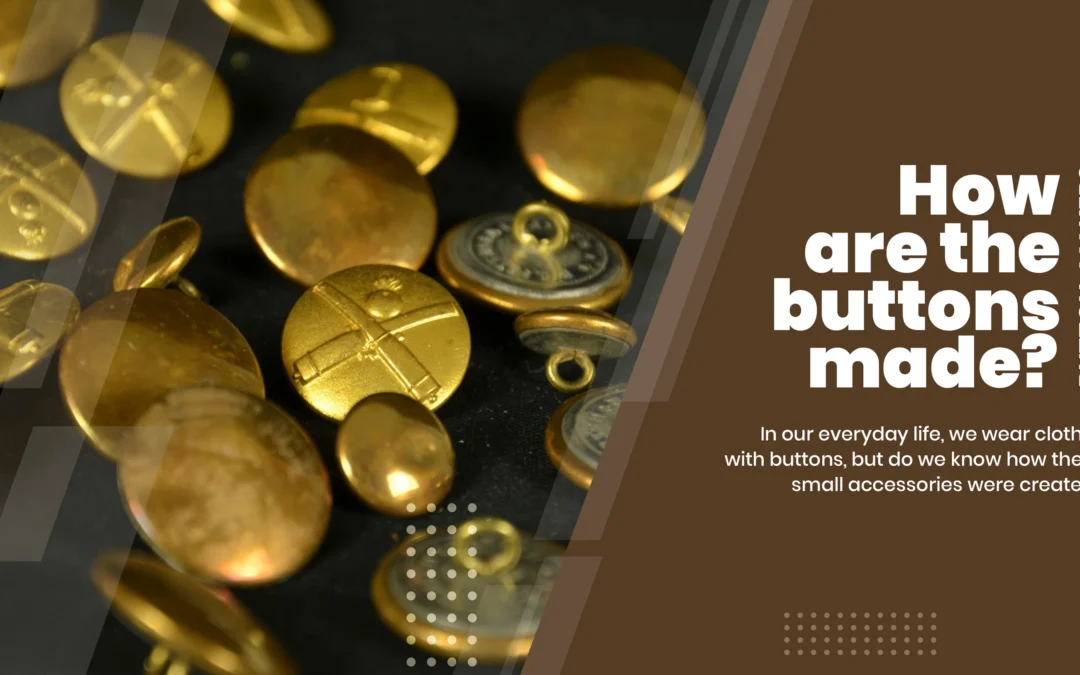In a world driven by fashion, clothing buttons might seem like a minute detail. Yet, they play an essential role in functionality and design. Dive deep with us as we explore the intricate process of how these tiny embellishments are made
1. The Beginning: Choosing the Material
Every button starts with a choice of material. Historically, buttons were made from bone, wood, and shell. Modern-day buttons, however, come in a plethora of materials ranging from plastic, metal, wood, to eco-friendly alternatives like corozo or bio-based polyester.
2. Design and Shape
Before manufacturing can begin, a design is conceptualized. This could be a standard circular button, square, or any imaginative shape. The design not only determines the button’s aesthetics but also its functionality.
3. Molding and Cutting
For materials like plastic or eco-friendly substances, the button design is usually created using a mold. Metal buttons are often die-cast, whereas wooden buttons might be carved or laser-cut to achieve the desired shape and design.
4. Finishing Touches
Once the basic shape is achieved, buttons are polished, painted, or even engraved. Metal buttons might undergo an electroplating process to prevent rust and tarnish.
5. Functionality Check
Post-production, buttons undergo rigorous testing. This ensures they’re durable, won’t crack under stress, and are ready to be sewn onto garments.
6. The Environmental Perspective
In today’s sustainable-conscious world, there’s a shift towards environmentally-friendly button production. Materials like corozo, a natural seed, offer a biodegradable alternative to conventional plastic buttons. Moreover, bio-based polyester buttons are crafted from renewable plant resources, making them a green choice for fashion brands.
7. Customization
With advancing technology, customization has reached new heights. Brands can now integrate NFC or RFID technology into buttons, giving a whole new dimension to this humble garment accessory.
8. The Future of Buttons
As fashion evolves, so does the humble button. With the integration of technology and a push towards sustainable practices, the future of buttons looks promising and exciting.
In conclusion, the world of clothing buttons is vast and fascinating. From the initial design phase to the final product, a lot of thought, creativity, and precision go into producing these tiny garment essentials. As we move towards a more sustainable future, the importance of eco-friendly materials and innovative design can’t be overstated. So, the next time you button up your shirt, take a moment to appreciate the intricate art and science behind it.

